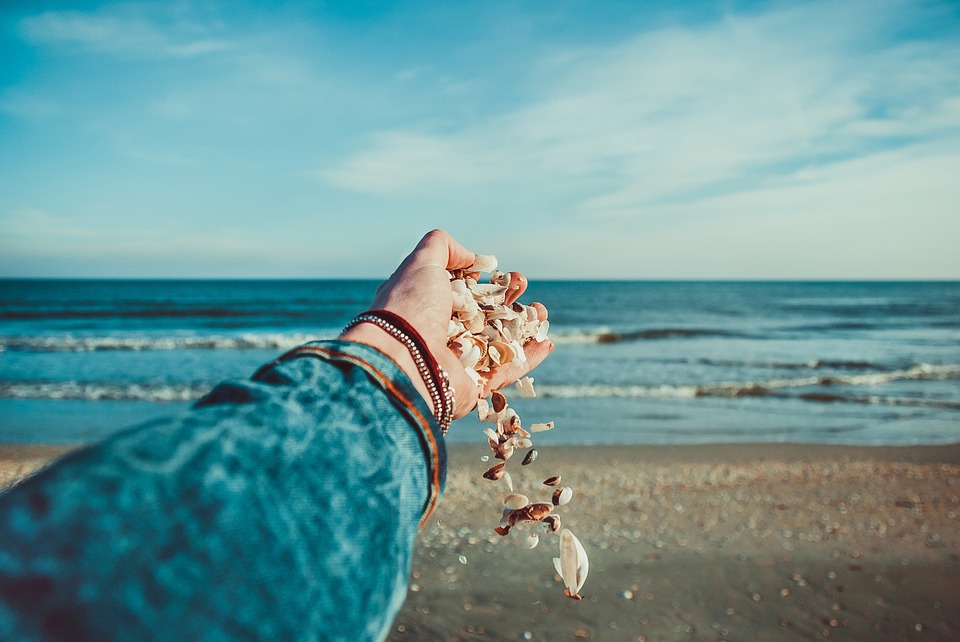If you are a regular beachgoer or a tourist who loves to spend quality time taking a stroll along marine shorelines, the chances are high that you collect shells and other curios. Collecting shells has grown to be a favorite pastime for many people. Some do it just for fun while being ignorant of the damage they cause to the environment. Collecting shells as souvenirs may seem harmless but in the real sense, it leads to unpremeditated environmental repercussions. Sadly, there is little awareness on this crucial subject. Many beachgoers have inadequate knowledge about the dangers of this behavior. The worst thing is that businesses and manufacturers may not stop collecting shells anytime soon given that there is demand.
This article will break down for you the reasons why you should avoid carrying shells from their natural habitat.
Shells provide an array of environmental benefits that are often overlooked. Among the useful ecological functions include providing homes for sea creatures and hiding spots for small fish from predators, aiding in stabilizing beaches and providing an attachment surface for seagrass. Shorebirds utilize the shells as materials for building nests. When shells finally break down, they provide essential nutrients to the organisms that live in the sand.
What may seem like innocent shell collecting to you adversely affects the mentioned environmental functions.
There have been limited studies in the past about the extent to which shell collection damages the ecosystem. This detrimental human activity is understudied and grossly misunderstood by many people. The most substantial case study of our generation that researchers undertook is that of Llarga Beach in north-eastern Spain. The study of the Mediterranean shore began back in 1978 and was broken down into two survey periods; 1978-1981 and 2008-2010. The beach has tried to retain its natural state, but the number of tourists has considerably increased. Over the study period, there has been no new commercial fisheries or urban development that may be attributed to the decline.
The study was carried out through monthly assessments of seashell abundance. After three decades the researchers found out that the number of shells decreased by a big percentage when there was a larger number of tourists. The case study proved that the more the number of tourists at a beach, the higher the rate of shell decline. Most shells go missing during summer when tourism is at its peak. During winter months, however, the number of shells go up. Weather patterns and wave action are constant every year. This means that human behavior, as opposed to nature, are solely responsible for declining shell count.
A decrease in the number of shells translates to a deterioration in beach health. Apart from beach tourists, beachcombers and beach cleaning equipment also contribute to reduced shell numbers. The outcome is a significant drop in calcium carbonate coming from recycled shells, increased rate of beach erosion and a decrease in both diversity and abundance of organisms relying on shells for their survival.
Currently, with the exception of a few beaches like the Bahamas, there no strict Laws regulating the number of shells that a person can remove from a beach. Beaches with high tourism traffic and those that are home to attractive shells are most affected. The management or local authorities of such areas should come up with stringent laws that make it clear to the holidaymakers the number of shells they are allowed to carry. This will go a long way in regulating and creating awareness of shell collection and the conservational implications of the vice. Public sensitization through public education campaign may just be the perfect strategy for curbing shell removal.
Conclusion
You do not have to wait for laws to restrict you from removing shells from the shorelines. Be responsible and accountable for your actions; the buck stops with you. Now that you are aware of the perils of this trait apply the ‘leave no trace’ approach. Instead of collecting shells as souvenirs, it makes more sense to view them and leave them in their habitat to avoid altering the seaside setting. If you need them for future reference, take photos of them.
Image source: unsplash.com












